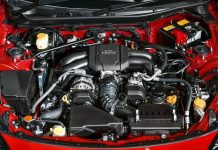
There’s nothing quite like smoking some meat in your own backyard while sipping from a bottle of your favourite beer. Or is there? What if you could pair those delicious and savoury smoked meats with an ice-cold beer you brewed yourself at home? Now that sounds like a real treat to your taste buds.
Without a doubt, homebrewing is gaining in popularity as it allows beer lovers to get creative with their drinks, and you can even experiment with different flavours. As a result, many are turning to this age-old method to satisfy their craft beer cravings. But before you indulge in these tasty beverages, there are a few essential pieces of equipment that need to be acquired.
What Equipment Is Required for Home Brewing?
While the specific requirements for each batch may vary depending on the type of beer you are making, the basics remain the same for most occasions. How much or how little you want to invest in your setup is up to you, but the following are the essentials.
Large Kegs
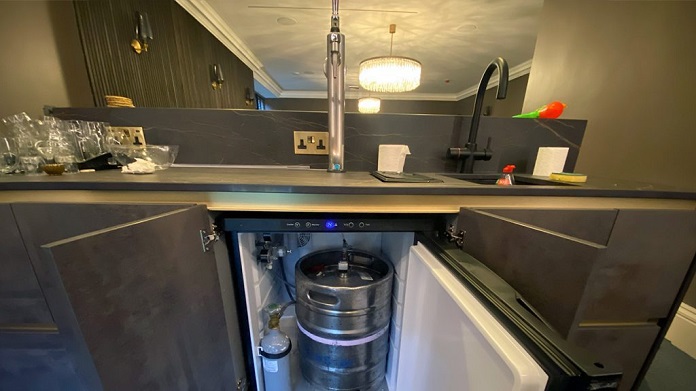
These cylindrical vessels are designed to store and dispense beer at the very end of the process. As such, they’re a vital step in the whole procedure because the entire batch can be ruined if it isn’t properly stored and sealed off from oxygen. Depending on how big your batches are, you can choose from different sizes of kegs.
The durable and spacious 50 l kegs as the most common size consist of two vessels—the outer shell and the inner liner. Both are made of stainless steel, with reinforced O-rings for an airtight seal. The O-rings have to be checked regularly for any signs of wear and tear and replaced if necessary.
Furnished with a convenient tap, the 50 l kegs offer an easy way to dispense beer. They also come with a pressure relief valve that releases any excess air which may have built up inside the container, with the help of a lever. It’s normally located at the top of the keg, though some models come with a valve on both sides for extra convenience.
The outer shell of these vessels is also designed to accommodate a CO2 regulator and various accessories, such as a gas line or an air hose. This is important to regulate the pressure and keep your beer from going flat, which can happen if the pressure is too low.
It’s worth to invest in a 50 l keg even if you’re initially making a smaller batch and don’t think you’ll need one that big. That way, when your batches get larger and you start making more beer, you’ll already have a suitable vessel for storage. If you’re not filling it to the brim right away, you can always fill it with some sanitising solution or water to help keep it sterile.
Brewing Kettle and Pumps
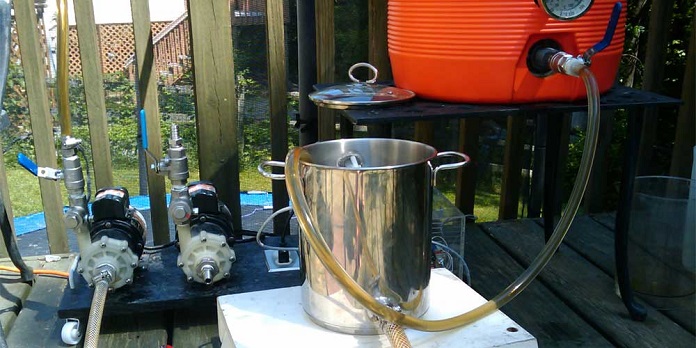
The brewing kettle or pot is arguably a crucial part of the entire setup as it’s used to boil and contain the wort throughout the brewing process. It normally consists of a stainless-steel container with spigots, handles and a lid, as well as an outlet for the wort.
To ensure that you get a good boil and prevent the wort from spilling over, you’ll also need some kind of pump. There are several types available on the market, from submersible pumps to impeller pumps, all of which have their own benefits. The former is great for low-viscosity liquids and the latter offers more control.
Siphon and Tubing
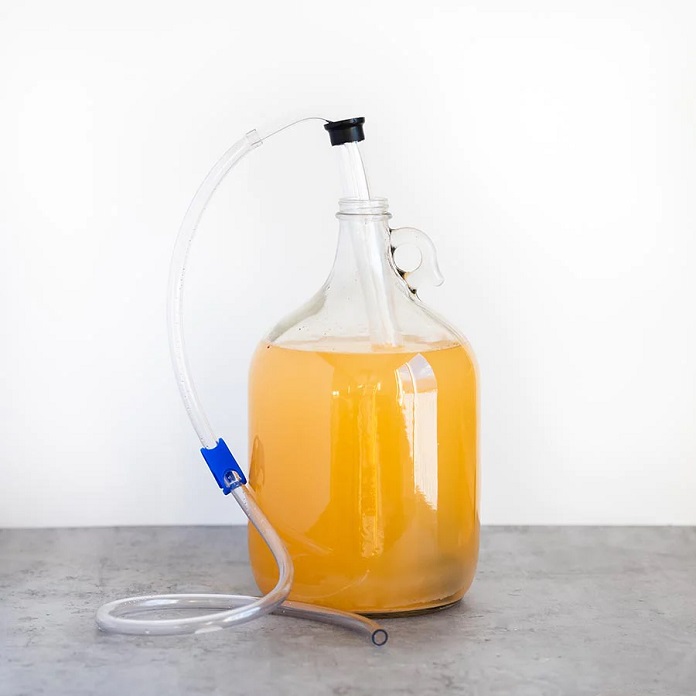
Once the wort has been boiled, it needs to be transferred into a fermenter in order to start fermentation. This is where a siphon and tubing come in. These two items work together to transfer the wort without introducing any oxygen into the mixture.
The siphon is essentially a tube with a bulb at one end for suction and an airlock on the other. It’s placed inside the fermenter, while the tubing is connected to the outlet of the kettle and used as a conduit. This way, you can easily start and stop the flow of wort in a more controlled manner.
Stirring Spoon
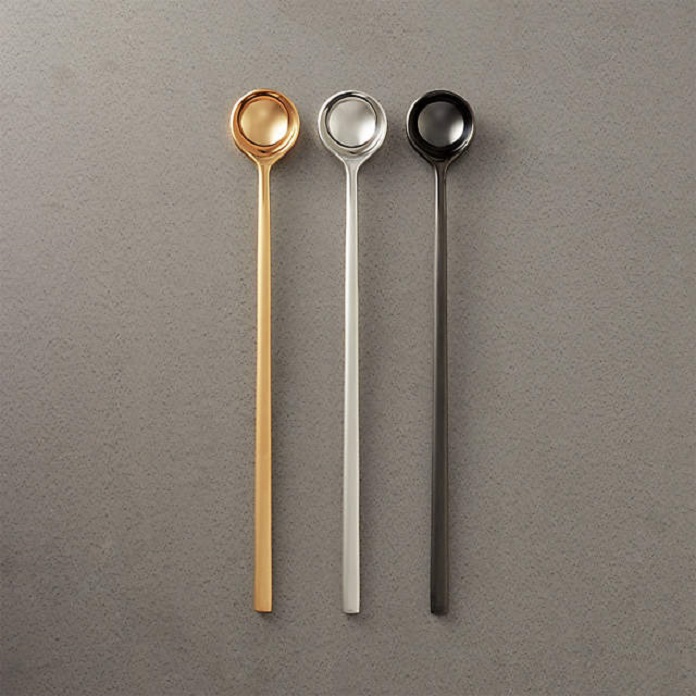
This household item usually gets overlooked, but it’s an important piece of equipment nonetheless. As the name implies, a stirring spoon is used to mix and aerate the wort while it’s inside the kettle. This is done to help release more of the sugars from the grains, which will eventually be converted into alcohol.
It’s best to use a stainless-steel spoon as it won’t corrode or affect the flavour of the beer. Plus, it should be long enough to reach the bottom of the kettle and hold a good amount of liquid for stirring. If it doesn’t have a handle, be sure to wear some heat-resistant gloves as the liquid can get quite hot.
Fermenters and Sanitisers
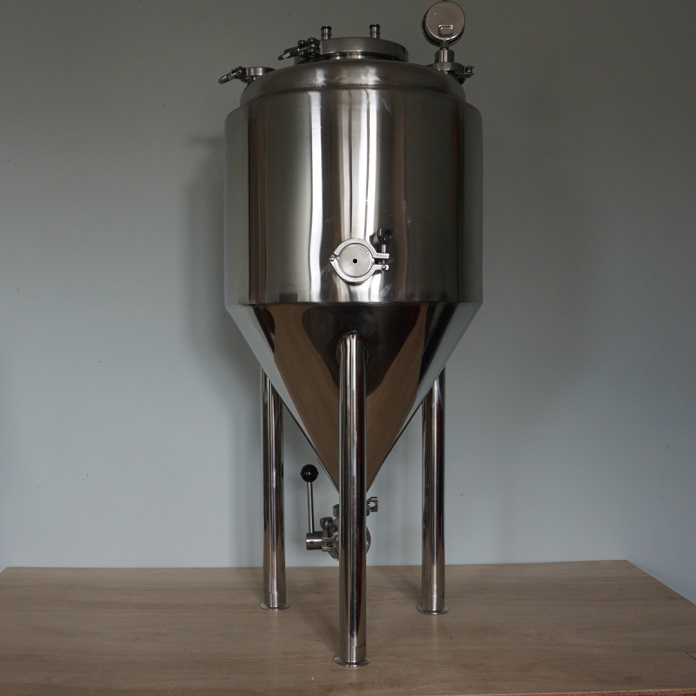
Fermenters are the vessels that hold the wort for fermentation. They can be either plastic or stainless steel, although stainless steel is more recommended as it’s less likely to scratch and easier to clean.
Given their importance, it’s essential that these vessels are well-maintained and kept sanitised. You can easily do this by making a solution of water and citric acid, which is then used to clean the fermenters and any other equipment that comes into contact with the wort.
Bottling Equipment
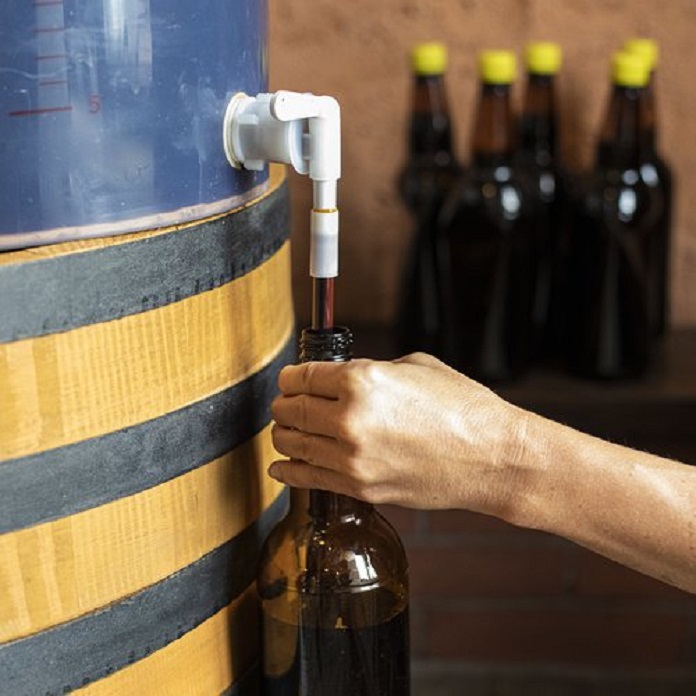
Finally, you’ll need some bottling equipment to package the beer and give it that commercial feel. At the very least, you should have a bottling wand, a capper, caps and bottles. The capper is used to seal the bottles with the caps while the wand helps fill them up without any mess.
Of course, you may also want to invest in other equipment such as a kegerator or a label maker for added convenience. The more you have, the easier it will be to maintain a consistent beer-making process and create high-quality beverages every time.











